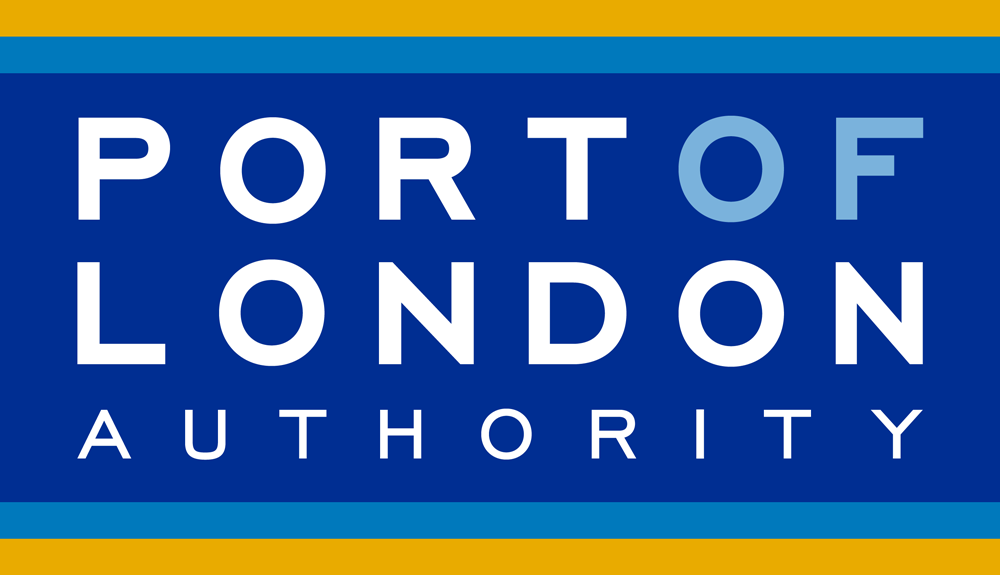Live Tides
NOTICES TO MARINERS
Charts & Surveys

Incident reporting
Life-threatening emergencies on the river:
Call 999 and ask for the Coastguard
For near miss, safety observations and incident reporting click below
A port with sustainability at its core
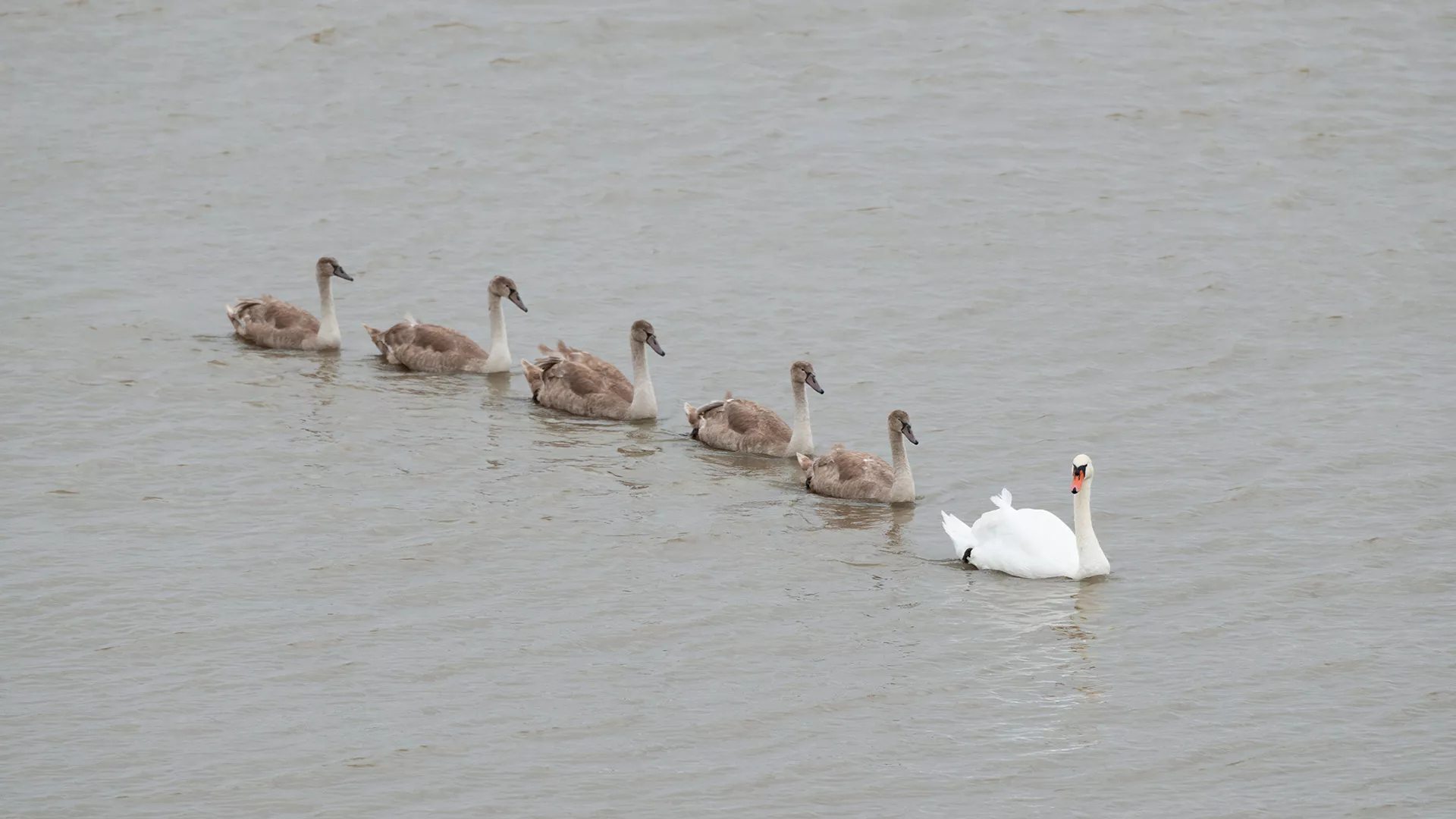
One of the things I love most about working for the Port of London is that it serves as a meeting point for three hugely important and very different issues: growth and trade, supporting the communities who live and work alongside the port, and promoting sustainability.
What is clear to me is that they each rely on the others. To make long-term positive moves on one of these areas; we have to make long-term positive moves on all of these areas.
I think people are sometimes surprised at our commitment to that idea, and particularly our commitment to sustainability. Not unreasonably, people often think about the UK’s biggest port in terms of our role in the economy, in enabling businesses to grow, and in supporting jobs and local communities.
But the PLA is a lot more than a conventional port. We are also privileged to have a responsibility to care for the 95 miles of the tidal Thames, from Teddington Lock on the border of Surrey through London, Kent, Essex and out to the North Sea.
To help us do that, we have status as what is called a Trust Port. That means we hold the port – and the river – in trust. We have no shareholders or targets for dividend payments; only a commitment to reinvest the money we make to improve the tidal Thames and support those who live and work alongside it.
Another of the things I love about working at the PLA is how we do that. We align innovation, investment, and ambition to work towards securing a cleaner river, with cleaner air, supporting a resilient river and port. And we aim to become the UK’s first net zero port by 2040.
What does that mean in practice? Well, often we do things – both big and small – that others can’t. For example, we permitted and licenced the Tideway super sewer, we remove 250 tonnes of rubbish from the river each year, we led a first-of-its-kind project to get rid of 5 million wet wipes from the foreshore of west London, we introduced a green tariff for cleaner ships and boats coming to port, we are working with UCL to cut microplastics entering the river, we are actively supporting projects that aim to bring electric vessels to the river, and we act to improve natural environments such as by restoring saltmarshes and other priority habitats.
We do all of this and more in a way that aligns with our commitment to back and enable growth and support local communities, while ensuring we pass on the River Thames in a healthier condition than we found it.
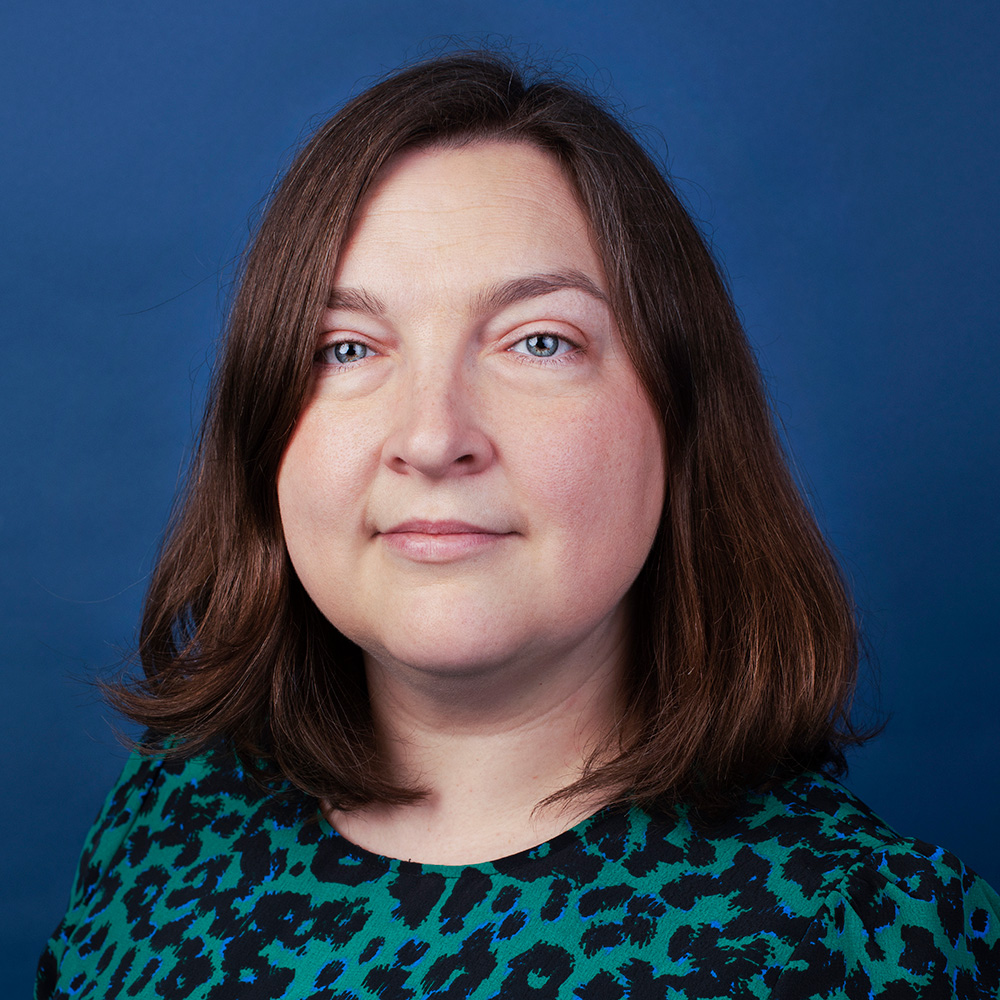 Can you see why I love working here?!?
Can you see why I love working here?!?
-- Grace Rawnsley, PLA Director of Sustainability
Related content
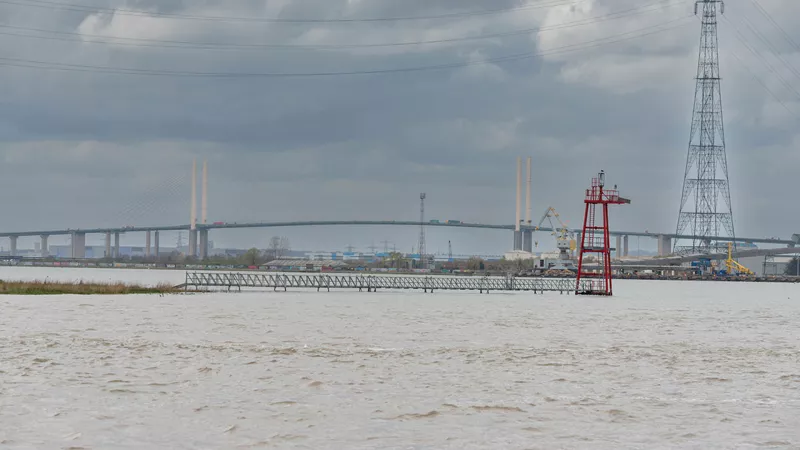

Location: London/Gravesend Remuneration: £28,971 per annum for a commitment of up to 24 days per...

Why Diversity and Inclusion must be at the heart of the Maritime Industry

The maritime and port sector has long been one of the world’s most traditional and male dominated industries, often lagging behind when it comes to diversity and inclusion.
For decades, entrenched biases, historical stereotypes, and rigid systems have prevented people from fully realising their potential across all roles at sea and ashore.
Yet, we stand at a turning point. Around the UK, and increasingly across the globe, there is a growing recognition that inclusivity is not simply a matter of fairness, it is a driver of innovation, operational efficiency, and competitiveness. Ports can and must be central to shaping a more inclusive maritime future.
First, it is important to acknowledge the progress already underway. Committees and initiatives within ports are beginning to confront long-standing inequities, whether in gender representation, LGBTQ+ inclusion, or cultural diversity. This is not just symbolic work. It is about ensuring that everyone, regardless of background or identity, feels that they belong and can thrive within the maritime sector.
However, progress cannot stop there. Systemic biases remain embedded in global employment practices. For instance, it is still too common to see seafarers from certain nations confined to menial roles, while opportunities in engineering, navigation, and leadership are reserved for others. Equally troubling are discrepancies in contract lengths or pay scales between seafarers of identical rank but different nationalities. Such practices are indefensible and ports and maritime organisations must therefore hold themselves accountable, through transparent reporting, standardised employment conditions, and measurable diversity targets.
Another essential dimension is gender equality. Women have long contributed to maritime history, but their roles have often gone unrecognised or undervalued. Today, women remain significantly underrepresented in seafaring and leadership positions. Research shows that companies with diverse leadership make better decisions, foster greater innovation, and achieve stronger performance. Thus, tackling inequality is not just a moral imperative but also a strategic necessity.
Inclusion also means valuing port and maritime workers as a whole. From celebrating a diversity of cultures to offering support and opportunity to those recovering from injury or living with disability, companies can reaffirm the worth of every individual.
And ports can help because they are natural conveners. They connect shipowners, regulators, unions, and communities, helping to set the tone for the wider industry. By modelling inclusive policies, embedding accountability, and sharing best practice, ports like London can inspire change.
The maritime industry is at a crossroads. Embracing diversity and inclusion will not only correct historical injustices but will also future-proof the sector, making it stronger, fairer, and more competitive.
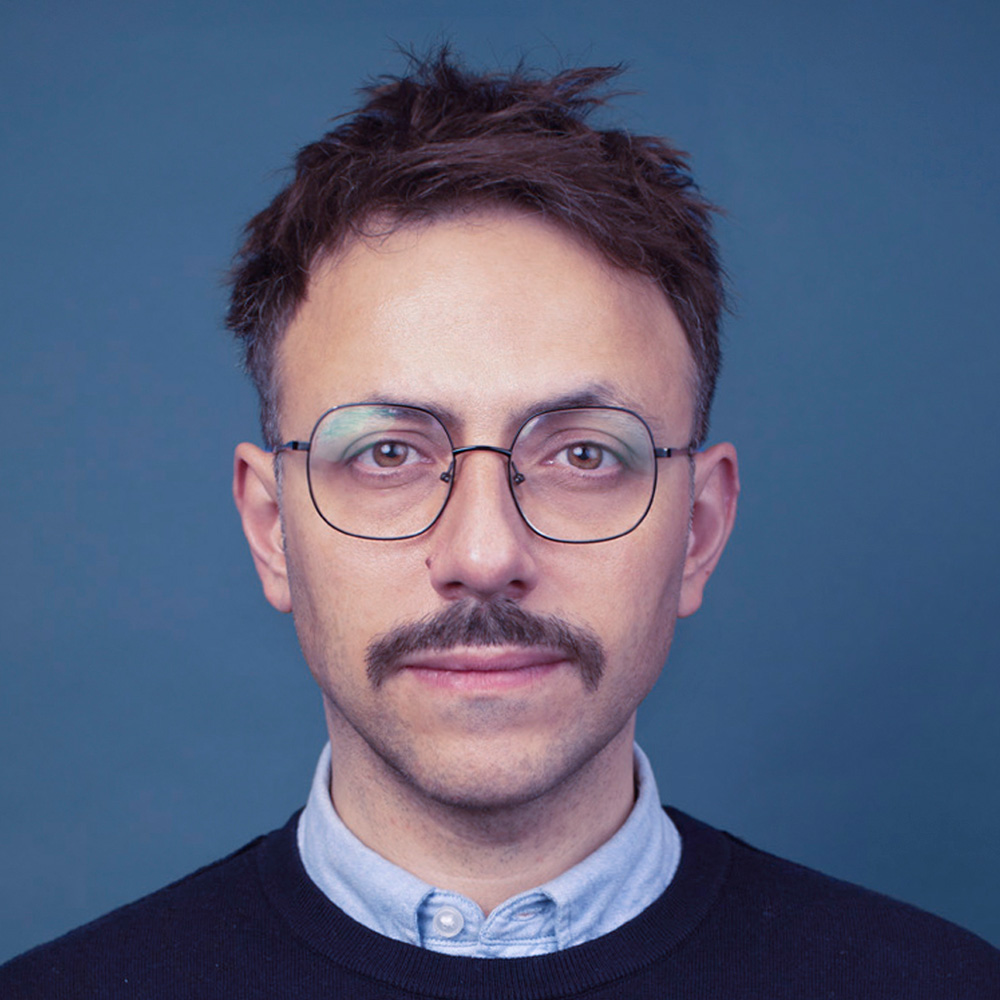
With commitment and courage, all ports can anchor lasting change that will benefit not just the industry, but society as a whole.
-- Theo Albanis, PLA Lead - Projects & Events
Related content


Location: London/Gravesend Remuneration: £28,971 per annum for a commitment of up to 24 days per...

Fuelling growth through investment, innovation, and supporting our customers’ spirit of can-do
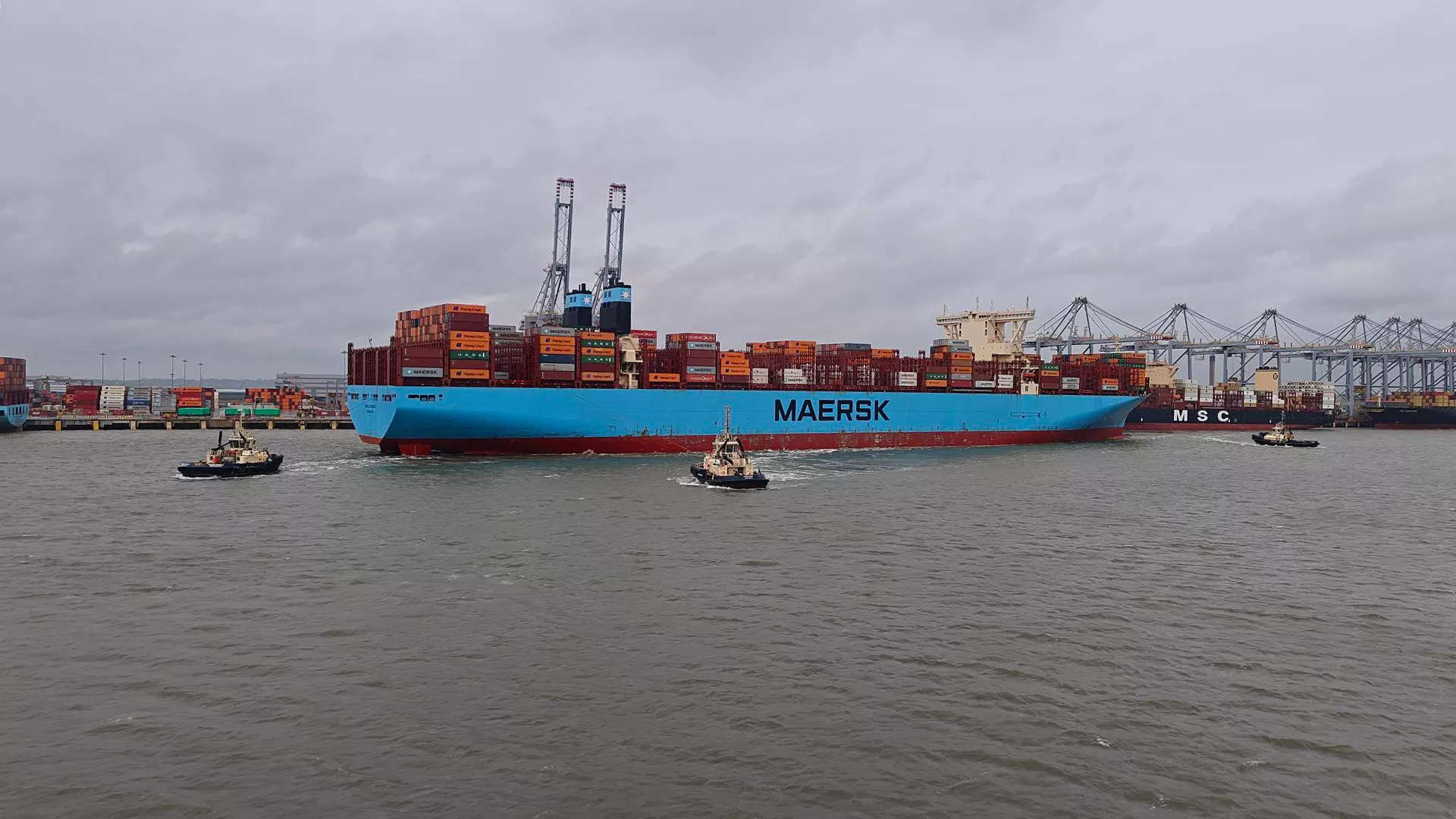
The country’s growth goes hand in hand with the growth of business through the Port of London.
That is because ports are the front line for growth, bringing in the building materials, fuels and goods we need, while connecting us to and from markets around the world.
As the UK’s biggest port we see around 1 million tonnes of cargo each week, accommodate the biggest ships from across the globe, and also operate as the country’s busiest inland waterway. That is why the Port of London, and our customers, are essential for turning the ambition of growth into a reality.
This London International Shipping Week, we are delighted to welcome the world’s senior leaders in shipping and maritime to showcase how the UK’s number one port is fuelling growth through investment, innovation, and by supporting our customers’ spirit of can-do.
Investment
We’re investing to make the Port of London the best place to trade. As a trust port, we reinvest all the money we make back into the port, the river, and the communities who live and work along it. From delivering a world-class vessel management and communications systems, to mapping and dredging the riverbed enabling access for the world’s largest ships; from providing highly skilled pilots, to unlocking the full value of assets by recommissioning dormant wharves: we invest to deliver the skills, technology and logistics needed to attract and enable growth and maximise productivity.
Innovation
So much of future growth will be built on innovation. To that end, we are creating the environment and opportunities to encourage our customers’ innovation across the Port of London. We are developing plans to be a leading force in supporting biodiversity that facilitates the sustainability of housing and infrastructure developments, partnering on efforts to support the opening of London’s first new boatyard in a century, and have reactivated Peruvian, Plaistow and Royal Primrose Wharves with Rippleway Wharf due to open in March 2026.
Supporting our customers’ spirit of can-do
We provide high-quality services to make things easier for our customers – current and future – to meet their ambitions. That includes our actively seeking and supporting new opportunities, opening the river to enable low carbon last mile deliveries, and investing in green infrastructure to support the latest evolutions in shipping. We will actively support business opportunities along the tidal Thames and create the best conditions for our customers to build their own sustainable growth.
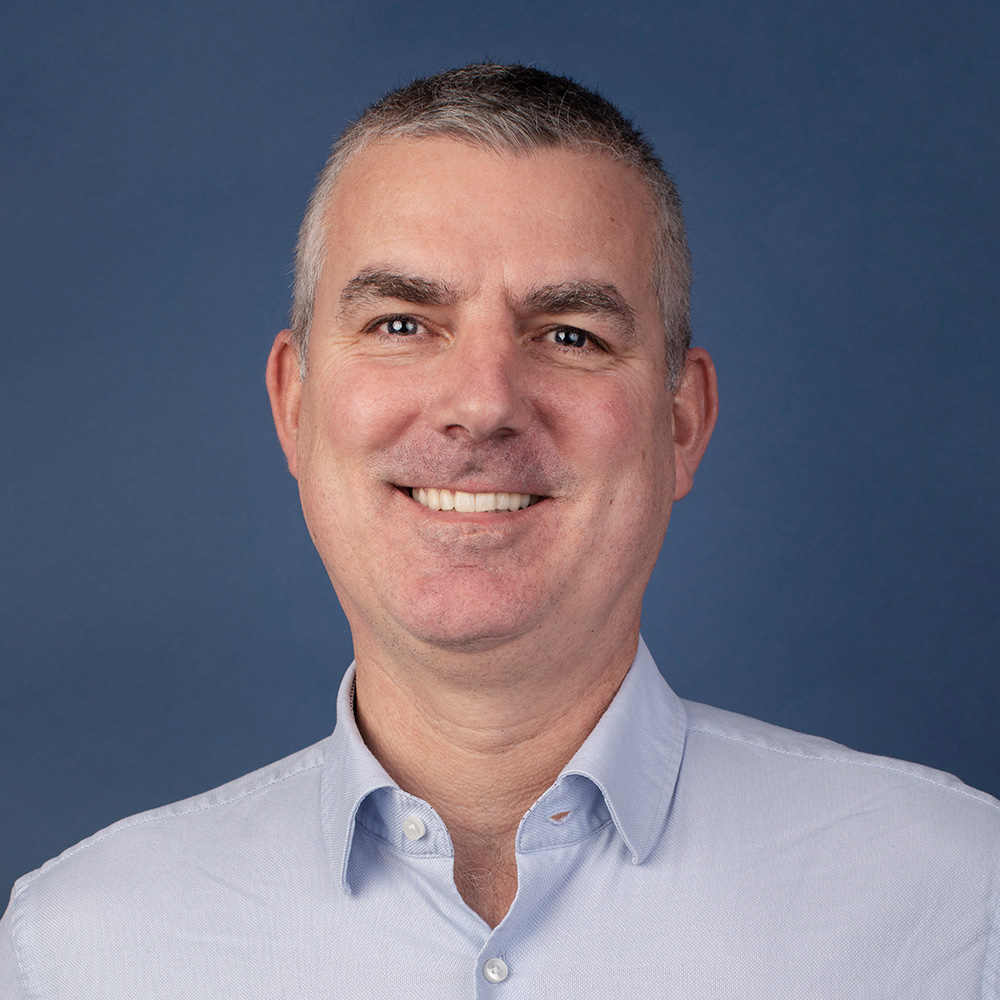
We are excited for the Port of London’s future and pleased to be able to share it with guests visiting as part of London International Shipping Week!
-- Steven Lockwood, PLA Chief Financial Officer
Related content


Location: London/Gravesend Remuneration: £28,971 per annum for a commitment of up to 24 days per...

Five million wet wipes dug out in clean-up of London’s ‘Wet Wipe Island’
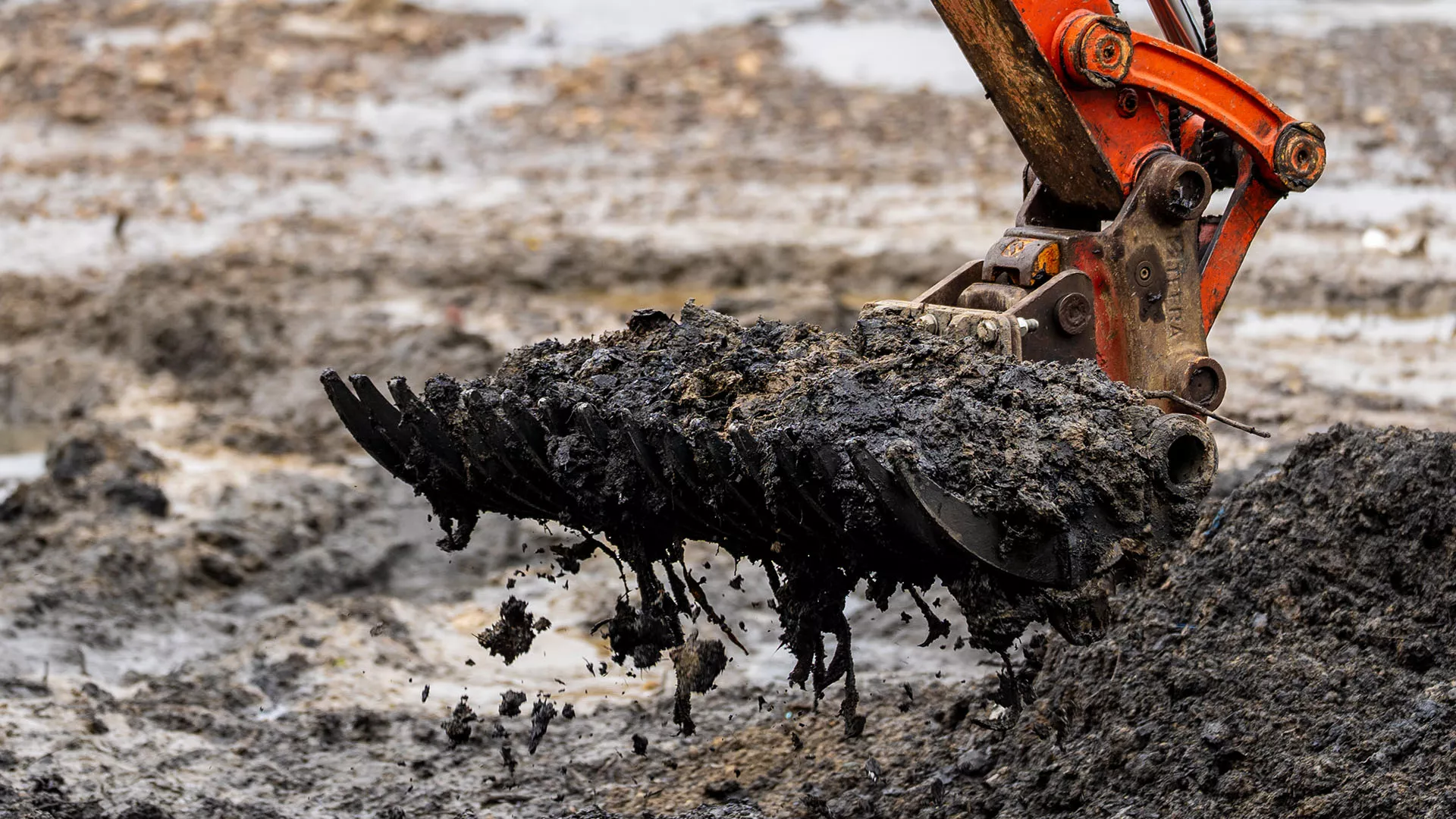
- 114 tonnes – including about c. 5 million wet wipes – has been removed from ‘Wet Wipe Island’ on the River Thames by the Port of London Authority, in collaboration with Thames Water and environmental charity Thames21
- The operation was the country’s first mass wet wipe removal project of its kind which also scooped up towels, scarves, trousers and false teeth
Port of London Authority, in collaboration with Thames Water and environmental charity Thames21, has completed a three-week project and removed about 5 million wet wipes that had congealed into a 250-metre island on the foreshore of the Thames near Hammersmith Bridge.
Also among the 114 tonnes removed was towels, scarves, trousers, pants, a car’s engine timing belt and even a set of dentures that had been trapped in the ‘island’.
To remove the potentially harmful and polluting ‘island’, engineers on site developed an innovative ‘rake and shake’ method. They used two eight-tonne excavators to sift through the island, separating wet wipes and waste from the natural sediment and riverbed, to minimise the environmental impact.
In total, almost 200 cubic metres of wet wipes containing plastics were taken away in 15 skips and disposed of responsibly. It comes as the Government has published draft legislation to ban wet wipes that contain plastics.
The island, which was about the size of two tennis courts and up to 1m high in places, had changed the course of the river and potentially harmed the aquatic wildlife and ecology in the area.
Thames21 and its volunteers have been monitoring the island since 2017. Their data and research inspired the PLA to take a lead in coordinating the removal of Wet Wipe Island, helped to raise awareness of how wet wipes containing plastic can degrade the environment and harm wildlife and helped to influence government policy.
Port of London Authority’s Director of Sustainability, Grace Rawnsley, said:
“After months of planning and hard work, we’re so pleased to have finally been able to clear this stretch of the Thames. The reaction of local communities – and of people across the country and beyond – has been really encouraging but also slightly incredulous that this work was needed in the first place.
“As a business which reinvests all the money we make back into the river and its communities, we are proud to have been able to drive forward this first-of-its-kind project and, while at times the work was pretty gross, it was well worth it to help clean the river. We will continue innovating and investing to help secure a cleaner, healthier tidal Thames.”
Thames Water’s Head of Tideway Integration Group, John Sullivan, said:
“The estimate of 5 million wet wipes is staggering, and we are delighted to have helped clean up this stretch of river. This ‘island’ was a direct result of people flushing away wet wipes containing plastic and shows the damage that is caused by putting the wrong things down your toilet.
“Flushing a wet wipe and other non-biodegradable items away does not make them magically disappear. Blockages caused by wipes are a leading cause of pollution and we remove an estimated 3.8 billion wipes from our network each year.
“We have been pleased to collaborate with the PLA and Thames21 but what we – and more importantly our rivers – need now is for people to change their behaviour. That, in addition to our Thames Tideway Tunnel and the Government’s proposed ban on wet wipes containing plastic will stop nasties like Wet Wipe Island appearing.”
Chris Coode, CEO at Thames21, said:
“Plastic wet wipes have no place in our rivers or natural environment, so it’s fantastic news that work has been completed to remove wet wipe island in the Thames.
“This vital move is a crucial step towards protecting the health of the River Thames and its wildlife, as it will reduce the introduction of microplastics into the environment from this site.
“Thames21 and its dedicated volunteers have been building evidence for eight years. We want to give our volunteers a huge shout-out for their persistence. This has been a massive piece of work!
“Thames21 has been pushing for a ban on plastics in wet wipes. However, we would like to see more systemic change to tackle the issue of plastics entering the environment via wet wipes and other sanitary waste.
“We want producers to get serious about plastic-free alternatives to wet wipes. We ask water companies to increase their investment in screening to prevent wet wipes and other sanitary waste which contains plastic entering the environment. We’d also like to see a step-change in their investments in upgrading sewage infrastructure to prevent overflows. We’d like to remind people to bin their sanitary waste and wet wipes, not flush them down the toilet, so that they don’t enter our wastewater system.
“By working together, we can achieve great things for rivers, wildlife and people. Let’s do it!”
Fleur Anderson, MP for Putney, Southfields, Roehampton and Wandsworth Town, said:
“I’m delighted that the wet wipe island has been cleared and that the Thames is cleaner as a result. Thanks to the Port of London Authority and Thames Water for doing this messy job and for Thames21 volunteers for their annual wet wipe count. I'm glad that the government has agreed to bring in a new law to ban plastic in wet wipes so we don't have wet wipe islands in the Thames or any other river in the future. The message is clear - don't flush any wet wipes.”
Deputy Mayor of London for Environment and Energy, Mete Coban, said:
“We know the damage wet wipes and other non-biodegradable items can cause – polluting the river, potentially harming wildlife and leaving an unsightly mess – so it’s been an outstanding effort from the PLA, Thames Water and Thames21 to clean up this stretch of the river.
“The Mayor and I welcome the Government’s draft legislation to ban wet wipes that contain plastics, and we are committed to working with them and partners across sectors on cleaning up and protecting London's waterways. We are currently developing a new plan with partners including Thames Water and local councils to ensure that our rivers are something that Londoners can be proud of as we continue building a greener, fairer, better London for everyone.”
Ben Williams, CEO, John F Hunt Regeneration, said:
“John F Hunt Regeneration was delighted to support the Port of London Authority, Thames Water and Thames21 on such an important project.
“Working within tight tidal windows on a sensitive stretch of riverbank was challenging, but we developed the ‘rake and shake’ method to separate waste from natural sediment effectively while protecting the fragile foreshore. The nature of the site and the sheer volume of material to be removed made the task complex, yet it shows what can be achieved when specialists, agencies and volunteers work together to deliver lasting environmental improvement.”
James Cox, Director of Operations at St Paul's School, said:
"Like all members of the local community who value and appreciate a clean and healthy Thames, we applaud this work and were delighted to help in any small way we could. We have a number of clubs and societies actively focused on sustainability and this work by the PLA, Thames Water and Thames21 continues to inspire us both as educators and pupils alike."
Previously, efforts to clean wet wipes from this unique natural environment have relied on people removing them by hand. Inspired by the work of volunteers at Thames21, the PLA decided to take a lead in co-ordinating larger scale action to remove this unsightly and harmful mess.
The UK’s biggest port, which is responsible for protecting and improving the tidal Thames, commissioned an independent ecological study of the site. This helped inform and develop an environmentally responsible plan to use a mechanical excavator to remove the wet wipes on a mass scale.
St Paul’s School in Barnes supported the clean-up by giving access to its grounds to allow the eight-tonne excavators to carefully remove the ‘island’.
The project was part of an ambition to improve river health in the River Thames. The PLA’s Clean Thames Manifesto coordinates action across a number of stakeholders towards a clean, pollution free river with a healthy ecosystem by 2050.
Thames Water also recently announced a further £1.8billion investment to improve river health across London, and last year connected its £4.6 billion Thames Tideway Tunnel to support the reduction of sewage discharges into the tidal Thames by 95%.
Related content


Location: London/Gravesend Remuneration: £28,971 per annum for a commitment of up to 24 days per...

New arch width restriction signage for bridges
Consultation C04-25 /
This consultation ran from 9th September 2025 to 9th October 2025. The following statement summarises the Port of London Authority’s (PLA) response. The consultation, which was open to public comment for 30 days, received five responses.
Three of these were in unequivocal favour of the proposals without amendment. A fourth response was also in favour, with the additional suggestion that the publication of the remaining width in the Notice to Mariners would be of benefit to river users.
This has been acknowledged by the Harbourmaster and will be considered in future width restriction Notices to Mariners.
In total, four of the five consultation responses supported the proposals.
One response raised concerns regarding signage size and light characteristics.
However, the CEVNI system has been widely utilised on the continent with full consideration given to visibility, and the PLA assesses that, for clarity, this system should be implemented without amendment.
1. Introduction
1.1. The purpose of this consultation is to seek views on a Port of London Authority (PLA) proposal for the introduction of new signage to indicate reduced widths in bridge arches. These signs are intended for use on bridges undergoing works that temporarily narrow the navigable width of an arch; while keeping it open to navigation. The signs will mark the area that remains safe for vessels to pass through. Although new to tidal Thames, these signs effectively used throughout Europe’s inland waterways and detailed in Annex 7, A.10 of the European Code for Inland Waterways (CEVNI).
1.2. The signage in this consultation will apply to all bridges within the Port of London Authority.
1.3. The full proposal is contained in ANNEX A of this consultation notice.
2. The Consultation Process
Affected Parties
2.1. This consultation is directed towards river stakeholders and may be of particular interest to:
A. Masters and Pilots that regularly navigate the tidal Thames, particularly upriver of Tower Bridge.
B. Bridge owners and contractors that regularly undertake bridgeworks.
Consultation Duration
2.2. This consultation is now open and will last for 30 days. It will close on 09th October 2025.
Conclusion
2.3. The information you submit may be made available to other parties. If you do not consent to this, you must clearly request that your response be treated as confidential. Any confidentiality disclaimer generated by your IT system in e-mail responses will not be treated as such a request. If you make such a request, you will not receive a response.
2.4. We appreciate all responses to our consultations, and we may contact you to reply to your feedback, however we do not respond to everyone. Replies are provided when required – such as a request for more information.
3. Responses to this Consultation
3.1. Reponses to the consultation should be sent so that they are received no later than the closing date detailed in 2.2.
3.2. Responses may be submitted in the following two methods:
A. By post:
Marine Compliance Department
Port of London Authority
London River House, Royal Pier Road,
Gravesend, Kent DA12 2BG
B. By email:
[email protected]
(Please include the Consultation Notice number in the subject line (located on the top right of the first page of this document – eg. CXX-2X).
4. Proposal
4.1. The PLA propose new signage to indicate reduced widths in bridge arches.
4.2. The new width restriction signage matches the provisions of:
A. Signage information - Annex 7, A.10 of the European Code for Inland Waterways (CEVNI).
B. Technical specifications, including size and illumination - SIGNI European Code for Signs and Signals on Inland Waterways, Resolution 90.
4.3. The new width restriction signage would provide additional visual indication of where navigation is permitted.
4.4. This signage would replace the unofficial tiger stripe/chevron boards that have been used in recent years.
APPENDIX A
NEW BRIDGE ARCH WIDTH RESTRICTION SIGNAGE
The Port of London Authority (PLA) propose the introduction of new signage to indicate reduced widths in bridge arches. The signs are intended for use on bridges undergoing works that temporarily narrow the navigable width of an arch; while keeping it open to navigation. The signs will mark the area that remains safe for vessels to pass through. Although new to tidal Thames, these signs are based on those described in Annex 7, A.10 of the European Code for Inland Waterways (CEVNI).
The proposed signs are illustrated below, an apply only within the arch they are displayed.
By night, these signs would be illuminated by a white light, in line with the provisions set in SIGNI European Code for Signs and Signals on Inland Waterways, Resolution 90.
Vessels should only navigate in the area between the white markers (where two signs are displayed) or the area between the white marker and the furthest abutment (where one sign is displayed). Vessels must not navigate in the area between the red sector and the nearest bridge abutment, as indicated in the image below:
It should be noted that these signs will only be used where it has been assessed by the harbourmaster that works can be safely carried out with an arch remaining open to navigation. The signs would replace the tiger stipes that have been used over recent years.
These new signs will offer mariners clearer visual guidance on the direction of width restrictions, marking an improvement over the previously used tiger stripe system. This initiative does not signal a reduction in the use of arch closures, which will continue to be implemented when necessary. All bridge works will remain subject to individual assessment, ensuring decisions are made on a case-by-case basis.
The PLA will seek to incorporate the new width restriction signs into the relevant port regulations
Technical requirements for the issue of a certificate of compliance (Thames Byelaw 16)
Consultation C03-25
1. Introduction
- 1.1. The Port of London Authority is reviewing the Technical Requirements of the Issue of a Certificate of Compliance under Thames Byelaw 16. These certificates permit vessels to operate at higher speeds in designated areas of the tidal Thames, subject to strict safety and operational criteria.
- 1.2. The purpose of this consultation is to seek the views on proposals for several modifications to Technical Requirements of the Issue of a Certificate of Compliance.
- 1.3. This consultation applies to those involved high speed operations above Margaretness.
View the revised standards in full
2. The Consultation Process
Affected Parties
2.1. This consultation is directed towards current and prospective holders of a Certificate of Compliance and may be of particular interest to those who:
A. Operate high-speed passenger services
B. Operate high-speed RIB experiences
C. Engage in RIB training requiring planing activities.
Consultation Duration
2.2. This consultation is now open and will last for 30 days. It will close on 09th October 2025.
Conclusion
2.3. The information you submit may be made available to other parties. If you do not consent to this, you must clearly request that your response be treated as confidential. Any confidentiality disclaimer generated by your IT system in e-mail responses will not be treated as such a request. If you make such a request, you will not receive a response.
2.4. We appreciate all responses to our consultations, and we may contact you to reply to your feedback, however we do not respond to everyone. Replies are provided when required – such as a request for more information.
3. Responses to this Consultation
3.1. Reponses to the consultation should be sent so that they are received no later than the closing date detailed in 2.2.
3.2. Responses may be submitted in the following two methods:
A. By post:
Marine Compliance Department
Port of London Authority
London River House, Royal Pier Road,
Gravesend, Kent DA12 2BG
B. By email:
[email protected]
(Please include the Consultation Notice number in the subject line (located on the top right of the first page of this document – eg. CXX-2X).
4. Proposal
4.1. The following changes have been made when compared to the previous Technical Requirements of the Issue of a Certificate of Compliance.
A. Overall. Structural/layout changes
B. Overall. Removal of outdated references.
C. Section 1.3.3. SMS Audit Requirements. Footnote added to explain equivalent audit requirements for non ISM/DMSC vessels.
D. Section 1.5.1. Additional Equipment. AIS carriage requirements updated from AIS A with persons on board capability to the AIS Carriage Requirements and POB reporting system.
E. Section 1.7.1. Crew Qualifications reformatted into a table for clarity.
F. Section 1.7.1. Further clarification on RYA qualification requirements, specifically the need for a commercial endorsement.
G. Section 1.7. Crew Qualifications (previously 1.6e). Removal of provisions for small RIBs and Dory craft to navigate at high speed with a single person onboard.
H. Section 1.9.1. Emergency Kill-cord. Terminology updated from “inflatable boats” to “open boats.” Acceptance of wireless kill-cords detailed due to updates in technology.
I. Section 1.10. Night Navigation. Definition of open passenger vessels clarified and responsibility for training needs elaborated.
J. Section 1.11. Navigation outside the authorised channel. New section added.
K. Section 2.1. Initial Issue of a Certificate of Compliance. Additional need to provide vessel wash curves and/or undergo an assessment of the wash generation characteristics of a vessel.
L. Section 3.2. Annual Certificate of Compliance Renewal. Additional ability for the harbourmaster to review and/or request vessel wash curves and/or assessments of the wash generation characteristics of a vessel
M. Section 4.3. “For Cause” Wash assessment provision added
PLA leading response to clean spill of bitumen
“On 17 August, FM Conway, a commercial operator working from Imperial Wharf in Gravesend accidently released bitumen – an oil product used in construction projects and to pave roads – into the River Thames. Since then, the Port of London Authority has been using its expertise to coordinate the clean-up operation working with partners across the region. So far, we have removed around 15 tonnes of bitumen from the River Thames. We will continue our efforts to search for, contain, and remove the spill.
“If people find what they suspect to be bitumen, please don’t try to remove it yourself but report it to your local council. Our expert contractors advise that it is not harmful to human health, but it requires proper handling and disposal to avoid further contamination. The Environment Agency will lead the investigation into the cause of this incident.”
Related content


Location: London/Gravesend Remuneration: £28,971 per annum for a commitment of up to 24 days per...

Merchant Navy Medal: Recognition of PLA Pilot Hywel Pugh

We are proud to celebrate Hywel Pugh, who is one of just twelve recipients of the prestigious Merchant Navy Medal. The medal, one of the highest awards in the UK maritime sector, is presented each Merchant Navy Day to recognise individuals who go above and beyond in their service to the industry.
Hywel’s award highlights his outstanding contribution to training and supporting pilots on the Thames, as well as his tireless work across the sector to improve safety standards, particularly in relation to pilot ladders.
We sat down with him to hear more about his career journey, his passion for training, and his commitment to safety.
Career Journey
Q: Can you tell us a little about your career in the maritime industry and then how you came to join the PLA?
I joined Houlder Brothers, a British Shipping company, at the age of 17 in 1978. I did a four-year Deck Cadetship, sailing on various ships around the world. On finishing my Cadetship, work was difficult to find as the British shipping industry was going through difficult times. Eventually, in the spring of 1983, I found employment with Crescent Shipping, a British company based out of Rochester, operating small coasters, known fondly as the "Turkish Navy" as they had a red crescent on the funnel.
In early 1989 I moved into the Offshore Industry in the North Sea, firstly onto Anchor/Platform Supply vessels, then onto a Semi-submersible Flotel, where I served as Master and Offshore Installation Manager. It was from here that I joined the PLA as a Trainee Pilot in September 1999.
Q: What have been some of the highlights or defining moments of your career so far?
Piloting the HMM Algeciras, a Megmax ULCS and at the time the largest container ship in the world, on her maiden voyage into London Gateway in the summer of 2020. A great deal of planning had gone into this visit and all of this under lockdown rules, so it was challenging for all.
Q: Who or what inspired you to pursue this career path?
Since my coasting days with Crescent Shipping, piloting always appealed to me, but when I went to work offshore in the oil industry it went out of my mind. It wasn’t until 1998, while working in the Mexican oil fields in the Gulf of Mexico and wanting to be closer to home with a young family and a distant family network, that I decided to cast my eyes on some shore jobs.
I still have my Pilotage Exemption Certificate dated 1 October 1988, and one for the Medway. I was very fortunate to work with some great people over the years, and it is difficult to single any one person out.
A nine-to-five job has never appealed to me at all, so becoming a pilot, being home and also getting to play with other people’s toys without the paperwork was, and still is, the best job in the world.
Training and Supporting Pilots
Q: You’ve been recognised for your work in training and supporting pilots - what does that part of your role involve?
I work in the simulator as an operator and trainer with the rest of the Simulator team. With the trainee pilots this is a hands-on role, as you instil in them good working practices and the safety aspects of piloting on the Thames. With pilot progression and ongoing refresher training, I see myself as a facilitator to their progression.
We are always looking to refine the sessions to assist the pilots in reaching their potential. Working in the simulator has made me a better pilot as I have become reflective in how I do my job on the river, then utilise these reflections to assist others. We are all different and sometimes it isn’t a one-team solution, so adaptation and understanding people is a great part of my role as a trainer — giving them tools to assist in completion of the tasks and exercises which they can take out on to the river and use in the day job.
We always use training as a positive motivator and a smiling candidate at the end of the session is the goal. I also look for progress as the session moves from the first to the last exercise.
I am also a member of the Pilotage Training Panel and spend some time doing revision sessions for the trainees during their exam phase — I enjoy doing these sessions.
Q: What do you find most rewarding about mentoring and training new pilots?
The six months training is very tough both physically and mentally and on a successful pass and progression to authorisation, the smile on their faces is priceless. For the progression pilots, the conversation when they qualify as Unrestricted Class 1 Pilots — it gives me great pride that they have achieved their potential.
Q: How do you think pilot training has changed over the years, and what improvements are still needed?
When I started, we didn’t have the in-house simulator or the reviewing system we have now, so it was very much “off you go and see you in six months for the exams.” We have come a long way in changing that with the systems we now have in place.
Technology has moved on and we sometimes struggle to keep up with this, but we must not forget the core skills of piloting such as looking out of the window and using the traditional tools such as radar.
This year we rolled out an in-house Master/Pilot exchange of information course, which has been well received by the pilot body, so we need to continue looking at these soft skill areas.
Safety and Pilot Ladders
Q: Safety is clearly a passion of yours — what first motivated you to focus on improving safety standards?
I came from a background in the oil industry which, post Piper Alpha disaster, had become very focussed on health and safety — so it was natural for me to continue in this mode.
Q: You’ve done extensive work around pilot ladder safety. For those who may not know, why are pilot ladders so critical, and what risks do they pose if not used properly?
Pilot ladders are the way we access the ship when it is underway. Regulation is international and it has taken many years to improve these regulations, which govern how this rope ladder with wooden steps is constructed, maintained and rigged by the ship’s crew.
The latest set of international regulations have just been passed and will come into force in 2028, but we are hoping for early adoption by many flag states. An unsafe ladder can kill you and, unfortunately, we do see fatalities every year.
In October 2020, while climbing the side of a ship, I had one of the side ropes on a ladder part on me, so I was left dangling on one side of the ladder. Fortunately, I survived to tell my tale, others don’t.
Q: Can you tell us about the specific work you’ve done in this area — and how it’s made a difference across the wider industry?
I recently stepped down as Chairman of the UK Marine Pilots Association, and it was through this organisation, CHIRP, and our membership of the International Marine Pilots Association that we helped lobby the industry for changes. It has been a tough battle over the years.
The UKMPA reporting app was a game-changer as it allowed us to gather information nationally. It was adopted by the ports industry and thus gave the industry some teeth to challenge the MCA to support the proposed change. As Chairman, a great deal of time has been spent on this over the years.
Q: What challenges still exist around pilot ladder safety, and what changes would you like to see in the future?
We already empower my colleagues to say no to unsafe arrangements, but some still use them. We need to understand why and work on getting the message to these colleagues that they should be saying no. The Board and ExCo are very supportive when a pilot says no.
The Award
Q: How did you feel when you found out you’d been awarded the Merchant Navy Medal?
Very humbled and honoured that my colleagues and peers had nominated me for the MNM. It did take me a few days to process the nomination.
Q: What does receiving this recognition mean to you personally and professionally?
A great honour and a team award, as I have been privileged to be surrounded by great colleagues and a supportive employer who have allowed me to do the activities outside my core pilotage job.
Q: What message would you like colleagues - especially newer pilots - to take away from your work and this recognition?
If you have a passion then pursue it. For me this was to improve the standards in safety and training in pilotage, and I have been privileged to do that locally and nationally. So get involved locally and nationally, as they are always looking for volunteers.
Marine Pilotage Manager, Dave Newbury said:
“Hywel’s dedication to pilot training and safety has not only shaped the careers of countless pilots on the Thames but has also influenced standards across the wider maritime industry. His Merchant Navy Medal is a fitting recognition of a career devoted to improving safety, sharing knowledge, and supporting others.”
Related content


Location: London/Gravesend Remuneration: £28,971 per annum for a commitment of up to 24 days per...

Port of London launches new trade report

The Port of London Authority (PLA) has launched the first of a new quarterly trade report – capturing and presenting key trading data showing activity through the UK’s biggest port.
Between them, the 70 terminals within the Port of London handle around 1million tonnes of shipments every week and, for the first time, the PLA will report, by quarter, to show trends within that.
This quarter (April-June 2025) happened to see the highest quarterly tonnage for five years, with 14m tonnes moving through the port. The vast majority of this is made up of imports (11.4m tonnes), which grew by 7% this quarter. However, exports grew markedly this quarter by 42%, up to 2.9m tonnes.
Unitised cargo – container shipments – made up the biggest form of trade, accounting for 51% of all tonnage through the port, followed by oils and then aggregates (building and construction materials).
There was a reduction in trading of steel this quarter but, following a strong first quarter, tonnage of steel through the port is 13% higher than at this point last year.
Commenting on the new quarterly trade report, Steve Lockwood, Chief Financial Officer at the Port of London Authority, said:
“The country’s growth goes hand in hand with the growth of business through the Port of London. That is because ports are the front line for growth, bringing in fuels, building materials and goods, and opening up access to and from markets around the world.
“As the UK’s biggest port, responsible for more than 50m tonnes of cargo each year, the Port of London and our customers are essential for turning ambitions for growth into a reality.
“We will continue to support our customers and enable their growth by investing to make the Port of London the best place to trade, enabling and encouraging our customers to innovate - including around decarbonisation, and by backing our customers in exploring business opportunities in the tidal Thames.”
Read the report
Related content


Location: London/Gravesend Remuneration: £28,971 per annum for a commitment of up to 24 days per...

Quarterly Trade Report
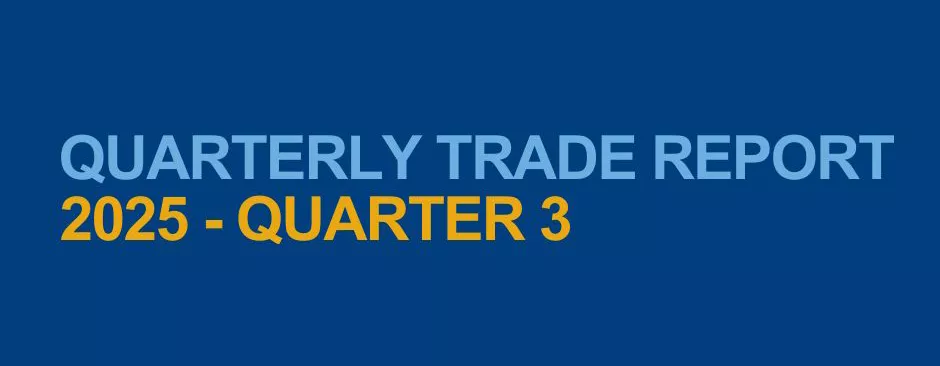
QUARTERLY TRADE REPORT 2025 – QUARTER 3
SUMMARY
Following a strong Q2, cargo tonnage has increased again this quarter by 2.3% to a total of 14.7m tonnes. This was attributable to a 4% increase in imports while export tonnage actually fell by a similar proportion. Imports currently account for 80.5% of tonnage (compared to 83.4% in 2024).
Unitised cargo - containers increased again this quarter albeit more modestly than in previous quarters. After a strong Q2, aggregate tonnage fell in Q3 and remains 9% below the same point last year. Oil tonnage increased significantly by 13.6% this quarter after a slight increase last quarter.
Vegetable oils and seed dropped sharply in Q3 after steady growth since Q2 of 2024. Other Goods which comprise 3% of all tonnage and 6% of non-unitised tonnage have increase steadily since Q3 of 2024 and are currently 39% up on this time last year.
Historic seasonality trends would suggest that we should expect a drop in overall tonnage in the next quarter.
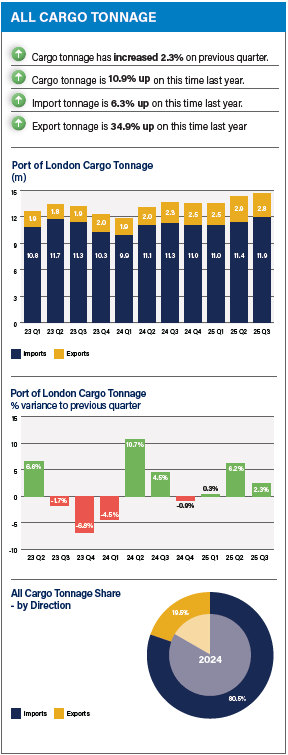
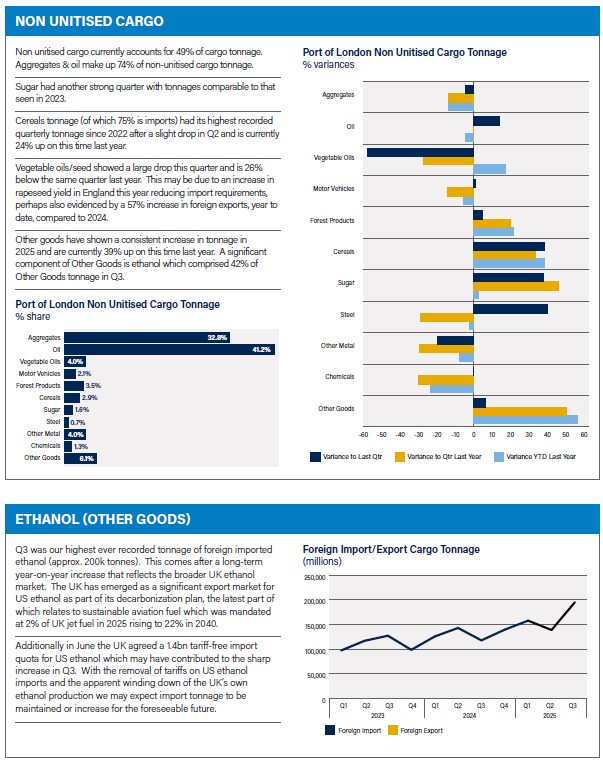
Previous reports
Discover




